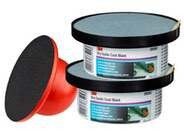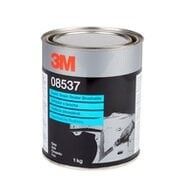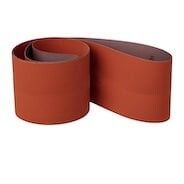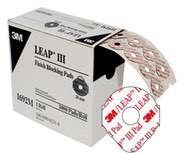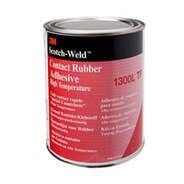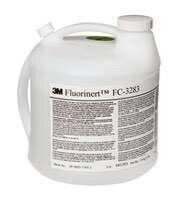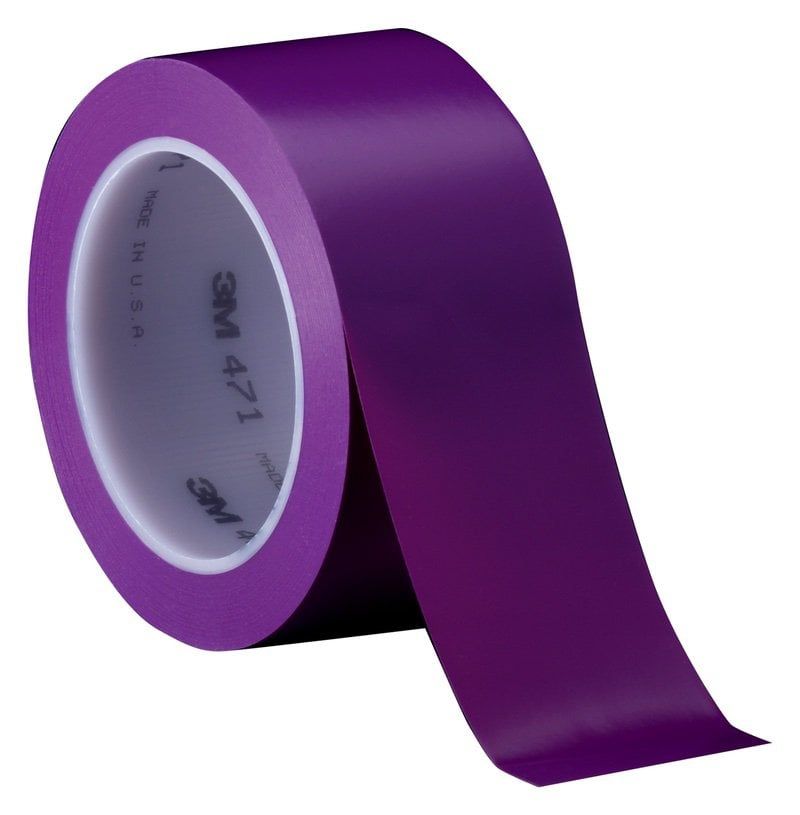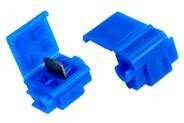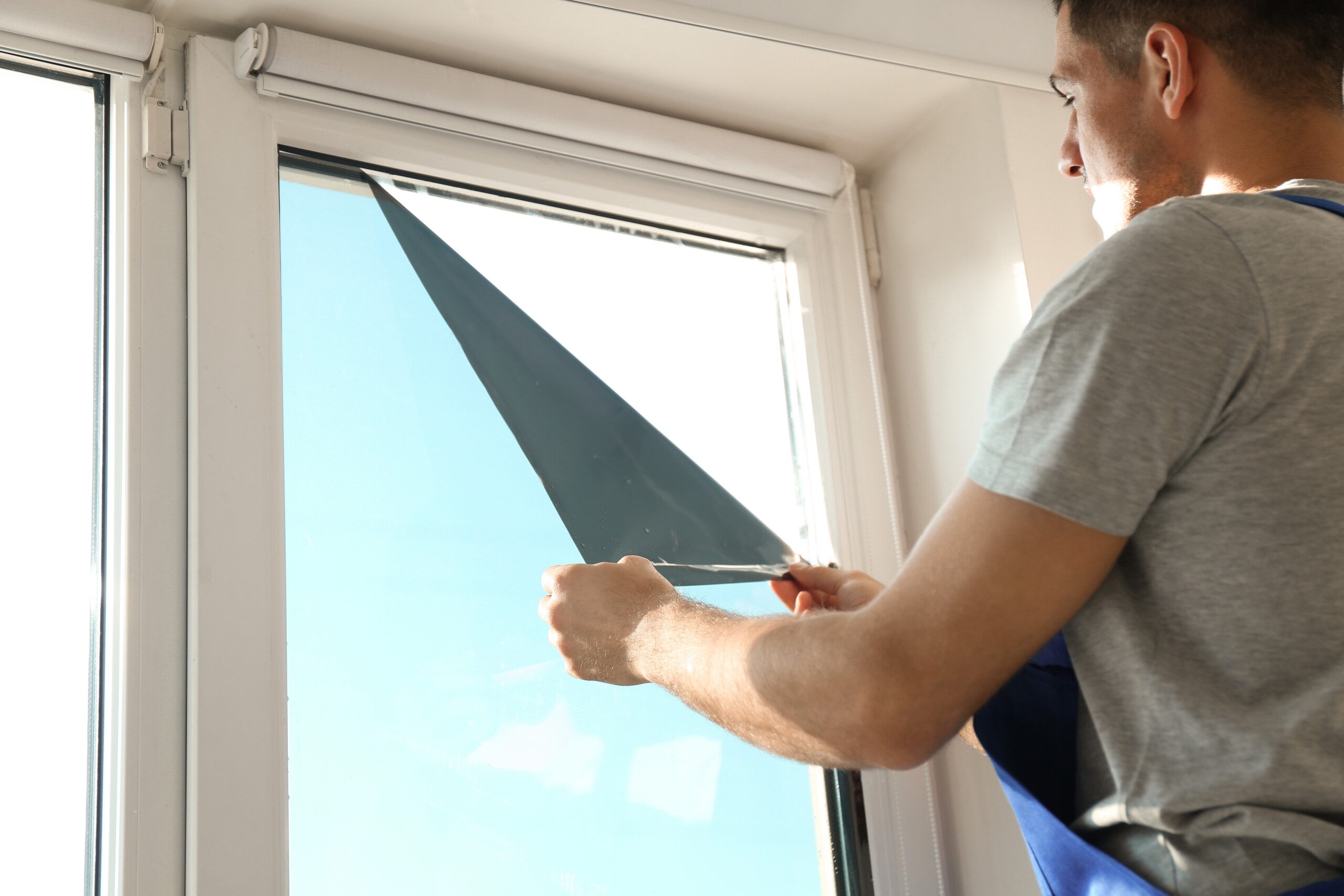Window film against the cold - When you need a little extra help


The real autumn chill is slowly setting in, which means the start of the heating season. The steady drop in temperature and the plummeting number of hours of sunshine not only put our bodies to the test but also our wallets. It is a time when you try to protect yourself from the cold as much as possible: the thick coats come out and the boiler kicks on to keep your home warm in the cold months. But there are times when a little help is needed to keep the heating bills from skyrocketing. Window film can be a good solution against the cold.
Heating bills are a significant part of a family's utility bills in the autumn and winter months. Inadequate insulation can easily waste valuable energy and you can find yourself paying large sums for nothing, but the expected effect is not achieved, and the warmth of your home remains a dream.
The complete insulation of a family home is a very expensive project, and in some cases, such as apartments, it is not so easy to do, as much depends on the building itself. If you can't break the piggy bank and come up with larger sums, or you live in a flat, you don't have to give up a comfortable temperature, because there are some practical ways to help you avoid insulation problems. There are several ways to insulate windows, one of which is using insulating window film.
Window film against the cold
From an energy point of view, the window is a critical point. People tend to like large, uniform glass surfaces that show off the beauty of their surroundings, but they don't realise how much energy can be lost. Insulating window films have been developed precisely to stop energy from being wasted.
The window film forms a new layer on the glass, which can insulate the surface and improve its heat transmission. The heat transmission coefficient, or "U" value, shows how much energy escapes across a given surface in a unit of time. The lower this value, the better the heat transfer coefficient, and the less heat is lost.
A thermal barrier film is made of a material that allows heat to be reflected and dissipated. Importantly, although the film is an extra layer, the transparency of the glass is not reduced, so that sufficient light still enters the room.
Outdoors, indoors
Every window has two surfaces, so window films are produced for both indoor and outdoor use. The two versions are very similar in principle, but the outdoor version must be able to withstand the constant effects of elements.
3M™ Prestige 70 Outdoor Thermal and Light Barrier Building Glass Film is a nanotechnology-based multi-layered, metal-free film that, despite having good heat reflective properties, that has a high light transmission, so there is no fear of the whole room going dark once it is installed.
The interior version is the 3M™ Silver family of films, which are applied to the inside of the window. It protects the room from prying eyes while allowing excellent light transmission.
Window film against heat
Insulating window film is a boon not only in winter but also in the heat of summer, so you can kill two birds with one stone. Its insulating effect prevents 45-86% of the sun's heat from entering the home, thus contributing to a pleasant indoor climate. Read more about this benefit in our previous article!
Benefits in all quantities
Installing window films is very simple, just clean the window surface thoroughly and you're ready to put the film on. It's worth making sure that the outside temperature is not below 5 degrees Celsius, so it's a good idea to schedule the work for the autumn-spring-summer period. The process can be performed without a specialist. Start from the corner and work downwards. Fortunately, if a flaw slips into the system and one or two bubbles show up after application, these can be easily removed with a hairdryer.
The price of the films is very reasonable, especially compared to a complete window replacement. They can help to retain up to 93% of the heat that escapes, which makes a huge difference to your heating bills. Not to mention the fact that there is no waste, unlike window replacement.
Condensation can be minimised, which is particularly important in terms of preventing condensation and therefore mould. The autumn-winter period is advantageous to the development and growth of mould, which can be traced back to condensation, which in turn can be traced back to poorly insulated walls and windows.
Window insulation film can be a very effective solution for those who want to opt for energy-efficient heating and help protect the environment. Thanks to its affordable price and easy construction, it can be used in any type of building, which is the secret of its popularity.
With the cold season approaching, heating becomes an increasingly pressing issue, so it is a good idea to think ahead and purchase and install thermal insulation window film to reduce heating costs. You can then look forward to winter with confidence.
More articles
Flanker Plusz Kft.
Contact Details
Boti Street, 100.










